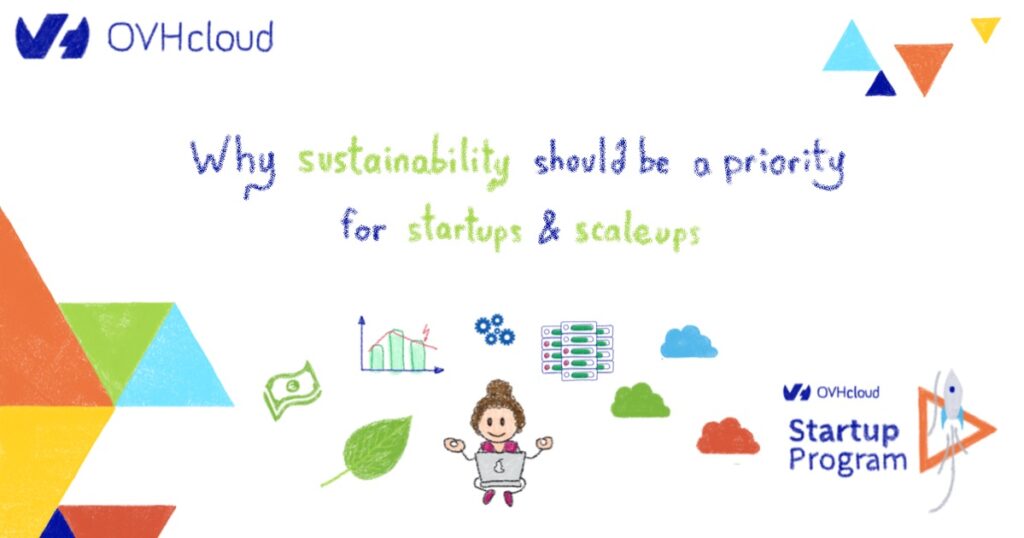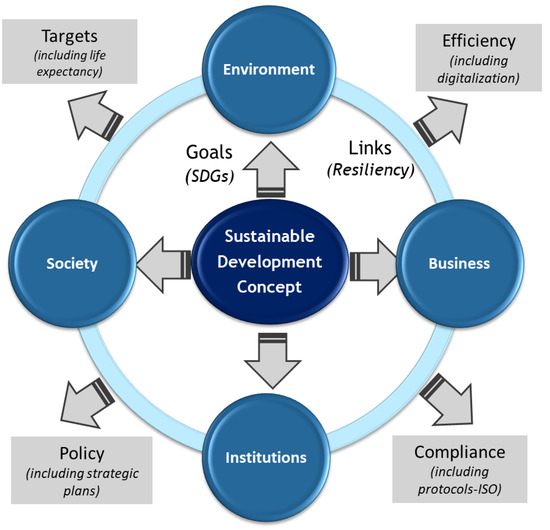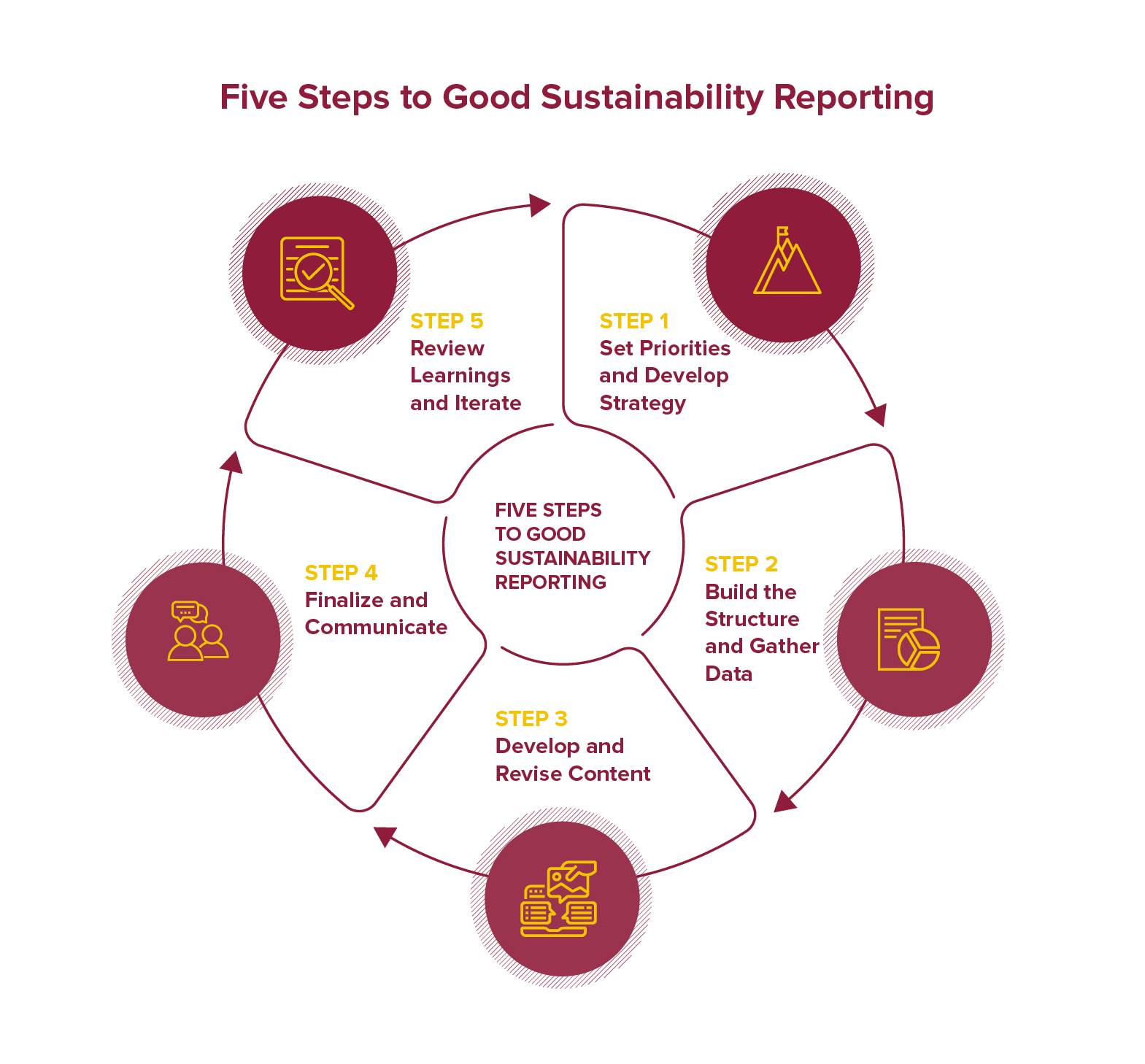Why Eco-Friendliness Matters for New Businesses
As the world grapples with the challenges of climate change, environmental degradation, and social inequality, startups are increasingly recognizing the importance of environmental sustainability in their business operations. Environmental sustainability for startups is no longer a nicety, but a necessity. By incorporating eco-friendly practices from the outset, startups can set themselves up for long-term success, while also contributing to a more sustainable future.
One of the key benefits of environmental sustainability for startups is cost savings. By reducing energy consumption, waste, and water usage, startups can lower their operational costs and improve their bottom line. Additionally, eco-friendly practices can enhance a startup’s brand reputation, attracting customers, investors, and top talent who share similar values. Furthermore, startups that prioritize environmental sustainability are better equipped to comply with regulations and avoid costly fines and penalties.
Moreover, environmental sustainability can be a key differentiator for startups in a crowded market. By prioritizing sustainability, startups can demonstrate their commitment to social and environmental responsibility, setting them apart from competitors and establishing a positive reputation. This, in turn, can lead to increased customer loyalty, retention, and ultimately, revenue growth.
However, incorporating environmental sustainability into a startup’s operations can seem daunting, especially for those with limited resources and expertise. Nevertheless, there are many simple and effective ways to get started, from reducing energy consumption and waste to implementing sustainable supply chain practices. By taking small steps towards environmental sustainability, startups can make a significant impact and set themselves up for long-term success.
Conducting a Sustainability Audit: Identifying Areas for Improvement
Conducting a sustainability audit is a crucial step in developing a comprehensive environmental sustainability strategy for startups. A sustainability audit is a thorough assessment of a company’s environmental impact, identifying areas for improvement and opportunities for reduction. By conducting a sustainability audit, startups can gain a deeper understanding of their environmental footprint and develop targeted strategies to reduce their impact.
A sustainability audit typically involves assessing energy usage, water consumption, waste management, and supply chain impact. Startups can use various tools and frameworks to conduct a sustainability audit, including the Global Reporting Initiative (GRI) and the Sustainability Accounting Standards Board (SASB). These frameworks provide a standardized approach to assessing environmental impact and identifying areas for improvement.
When conducting a sustainability audit, startups should consider the following key areas:
- Energy usage: Assess energy consumption patterns, including lighting, heating, and cooling systems.
- Water consumption: Evaluate water usage patterns, including water-efficient appliances and fixtures.
- Waste management: Assess waste generation and disposal practices, including recycling and composting programs.
- Supply chain impact: Evaluate the environmental impact of suppliers and vendors, including material sourcing and transportation practices.
Once the sustainability audit is complete, startups can use the findings to set realistic goals for reduction and develop targeted strategies to achieve those goals. This may involve implementing energy-efficient lighting and equipment, reducing water consumption through low-flow fixtures, or implementing recycling and composting programs. By taking a proactive approach to environmental sustainability, startups can reduce their environmental impact and improve their bottom line.
Environmental sustainability for startups is not just a moral imperative, but a business imperative. By conducting a sustainability audit and developing a comprehensive environmental sustainability strategy, startups can reduce costs, enhance their brand reputation, and improve their competitiveness in the market. By prioritizing environmental sustainability, startups can set themselves up for long-term success and contribute to a more sustainable future.
How to Develop a Comprehensive Sustainability Strategy
Developing a comprehensive sustainability strategy is crucial for startups that want to achieve long-term environmental success. A well-crafted sustainability strategy can help startups reduce their environmental impact, improve their brand reputation, and increase their competitiveness in the market. In this section, we will outline the key components of a comprehensive sustainability strategy and provide guidance on how to develop one.
The first step in developing a comprehensive sustainability strategy is to set clear goals and objectives. Startups should identify their environmental impact and set specific, measurable, achievable, relevant, and time-bound (SMART) goals for reduction. For example, a startup may aim to reduce its energy consumption by 20% within the next 12 months. Once the goals are set, startups should develop a plan to achieve them, including identifying the necessary resources, timelines, and responsible personnel.
Engaging stakeholders is another critical component of a comprehensive sustainability strategy. Startups should identify their key stakeholders, including employees, customers, suppliers, and investors, and engage them in the sustainability planning process. This can be done through surveys, focus groups, and other forms of feedback mechanisms. By engaging stakeholders, startups can ensure that their sustainability strategy is aligned with the needs and expectations of their stakeholders.
Implementing sustainable practices is also a key component of a comprehensive sustainability strategy. Startups should identify areas where they can reduce their environmental impact and implement sustainable practices to achieve their goals. For example, a startup may implement energy-efficient lighting and equipment, reduce water consumption, or implement recycling and composting programs. By implementing sustainable practices, startups can reduce their environmental impact and improve their bottom line.
Integrating sustainability into the company’s overall mission and values is also crucial. Startups should ensure that their sustainability strategy is aligned with their overall mission and values, and that sustainability is embedded into their culture. This can be done by incorporating sustainability into the company’s performance management system, providing training and development programs for employees, and recognizing and rewarding employees who contribute to sustainability initiatives.
Environmental sustainability for startups is not just a moral imperative, but a business imperative. By developing a comprehensive sustainability strategy, startups can reduce their environmental impact, improve their brand reputation, and increase their competitiveness in the market. By prioritizing sustainability, startups can set themselves up for long-term success and contribute to a more sustainable future.
Greening Your Operations: Practical Tips for Startups
As a startup, incorporating environmental sustainability into your operations is crucial for reducing your ecological footprint and promoting a positive brand image. By implementing eco-friendly practices, you can not only contribute to a healthier planet but also enhance your bottom line. Here are some practical tips to help you get started:
Reduce energy consumption by switching to energy-efficient lighting and equipment. Consider installing solar panels or investing in a renewable energy source to power your operations. This will not only reduce your carbon footprint but also lower your energy bills.
Implement a recycling program to minimize waste and reduce the amount of trash sent to landfills. Encourage employees to recycle paper, plastic, glass, and metal, and provide recycling bins throughout the office. You can also compost food waste and use the resulting nutrient-rich soil to fertilize your office plants.
Use eco-friendly office supplies, such as recycled paper, biodegradable pens, and refillable ink cartridges. Avoid using single-use plastics, such as water bottles and straws, and instead opt for reusable alternatives.
Encourage employees to use public transportation, walk, or bike to work by providing incentives, such as free bus passes or bike storage. You can also consider implementing a flexible work schedule to reduce the need for commuting.
Use sustainable software solutions to reduce your digital footprint. Consider using cloud-based services, such as Google Drive or Dropbox, to reduce the need for physical storage and minimize e-waste.
Successful startups, such as Patagonia and REI, have made significant reductions in their environmental footprint by implementing sustainable practices. Patagonia, for example, uses environmentally-friendly materials in its products and has implemented a recycling program to minimize waste. REI, on the other hand, has reduced its energy consumption by 50% through the use of renewable energy sources and energy-efficient equipment.
By incorporating these practical tips into your operations, you can reduce your environmental impact and promote a positive brand image. Remember, environmental sustainability for startups is not only a moral imperative but also a sound business strategy. By prioritizing sustainability, you can enhance your bottom line, improve your brand reputation, and contribute to a healthier planet.
The Role of Technology in Driving Sustainability
Technology plays a vital role in driving sustainability for startups, enabling them to reduce their environmental impact while improving their bottom line. By leveraging innovative technologies, startups can minimize their ecological footprint, enhance their brand reputation, and comply with environmental regulations. Here are some ways technology can drive sustainability for startups:
Renewable energy sources, such as solar and wind power, can significantly reduce a startup’s reliance on fossil fuels and lower its carbon emissions. Startups can invest in on-site renewable energy systems or purchase renewable energy credits to offset their energy consumption.
Energy-efficient equipment, such as LED lighting and energy-efficient servers, can also reduce a startup’s energy consumption and lower its energy bills. Startups can also use smart building technologies, such as smart thermostats and energy management systems, to optimize their energy usage.
Sustainable software solutions, such as cloud-based services and virtualization technologies, can reduce a startup’s digital footprint and minimize e-waste. Startups can also use software solutions, such as energy management platforms and sustainability reporting tools, to track and measure their environmental impact.
Internet of Things (IoT) technologies, such as sensors and smart devices, can help startups monitor and manage their environmental impact in real-time. IoT technologies can also enable startups to optimize their resource usage, reduce waste, and improve their supply chain management.
Artificial intelligence (AI) and machine learning (ML) can also play a significant role in driving sustainability for startups. AI and ML can help startups analyze their environmental data, identify areas for improvement, and optimize their sustainability strategies.
Successful startups, such as Google and Amazon, have already leveraged technology to drive sustainability. Google, for example, has invested heavily in renewable energy and has implemented energy-efficient technologies in its data centers. Amazon, on the other hand, has developed a sustainable packaging program and has implemented a carbon offset program to offset its emissions.
By embracing technology, startups can drive sustainability and reduce their environmental impact. Environmental sustainability for startups is no longer a nicety, but a necessity, and technology can play a vital role in achieving this goal. By leveraging innovative technologies, startups can minimize their ecological footprint, enhance their brand reputation, and comply with environmental regulations.
Measuring and Reporting Sustainability Progress
Measuring and reporting sustainability progress is crucial for startups to track their environmental performance, identify areas for improvement, and communicate their achievements to stakeholders. By setting key performance indicators (KPIs) and using sustainability reporting frameworks, startups can ensure transparency and accountability in their sustainability efforts.
Setting KPIs is essential to measure sustainability progress. Startups should establish clear and measurable goals, such as reducing energy consumption, water usage, or waste generation. KPIs should be specific, measurable, achievable, relevant, and time-bound (SMART) to ensure that progress can be tracked and evaluated.
Sustainability reporting frameworks, such as the Global Reporting Initiative (GRI) and the Sustainability Accounting Standards Board (SASB), provide a structured approach to reporting sustainability performance. These frameworks help startups to identify and report on relevant sustainability metrics, such as energy consumption, greenhouse gas emissions, and water usage.
Communicating sustainability achievements to stakeholders is critical to building trust and credibility. Startups should report their sustainability progress regularly, using clear and concise language, and provide context for their achievements. This can be done through annual sustainability reports, social media, or other communication channels.
Transparency and accountability are essential in sustainability reporting. Startups should ensure that their reporting is accurate, reliable, and consistent, and that it reflects their actual sustainability performance. This can be achieved by engaging external auditors or assurance providers to verify the accuracy of sustainability reports.
Best practices in sustainability reporting include using clear and concise language, providing context for sustainability metrics, and using visual aids to illustrate progress. Startups should also engage with stakeholders to understand their sustainability concerns and priorities, and to ensure that their reporting meets their needs.
Environmental sustainability for startups is not just a moral imperative, but also a business opportunity. By measuring and reporting sustainability progress, startups can demonstrate their commitment to sustainability, build trust with stakeholders, and drive long-term success.
Successful startups, such as Patagonia and REI, have demonstrated the importance of transparency and accountability in sustainability reporting. Patagonia, for example, publishes an annual environmental and social responsibility report, which provides detailed information on its sustainability performance. REI, on the other hand, uses the GRI framework to report on its sustainability metrics, ensuring transparency and accountability in its sustainability efforts.
Overcoming Common Sustainability Challenges Faced by Startups
Despite the importance of environmental sustainability for startups, many face challenges in implementing sustainable practices. Common challenges include limited resources, competing priorities, and lack of expertise. However, with the right strategies and support, startups can overcome these challenges and achieve long-term sustainability success.
One of the most significant challenges faced by startups is limited resources. With limited budgets and personnel, it can be difficult to allocate resources to sustainability initiatives. However, there are ways to overcome this challenge. Startups can seek external support, such as grants, funding, and partnerships, to support their sustainability efforts. They can also prioritize sustainability initiatives and focus on low-cost, high-impact solutions.
Competing priorities are another common challenge faced by startups. With multiple priorities competing for attention, it can be difficult to prioritize sustainability. However, startups can overcome this challenge by integrating sustainability into their overall mission and values. By making sustainability a core part of their business, startups can ensure that it is prioritized alongside other key initiatives.
Lack of expertise is another challenge faced by startups. With limited knowledge and experience in sustainability, it can be difficult to develop and implement effective sustainability strategies. However, startups can overcome this challenge by seeking external expertise, such as consultants and advisors. They can also invest in employee training and development to build internal expertise.
Collaboration is another key strategy for overcoming sustainability challenges. Startups can collaborate with other businesses, organizations, and stakeholders to share knowledge, resources, and expertise. This can help to build a supportive community and accelerate sustainability progress.
Successful startups, such as Warby Parker and Seventh Generation, have demonstrated the importance of prioritizing sustainability and seeking external support. Warby Parker, for example, has partnered with environmental organizations to support reforestation efforts and reduce its carbon footprint. Seventh Generation, on the other hand, has prioritized sustainability in its product development and supply chain management.
By seeking external support, prioritizing sustainability, and collaborating with others, startups can overcome common sustainability challenges and achieve long-term success. Environmental sustainability for startups is not just a moral imperative, but also a business opportunity. By embracing sustainability, startups can drive innovation, reduce costs, and build a positive brand reputation.
Embedding Sustainability into Your Startup’s Culture
Embedding sustainability into a startup’s culture is crucial for long-term environmental success. By fostering a culture of sustainability, startups can ensure that sustainability is integrated into every aspect of their business, from operations to performance management. This can help to drive innovation, reduce costs, and build a positive brand reputation.
Engaging employees is a key component of embedding sustainability into a startup’s culture. By educating and empowering employees to take ownership of sustainability initiatives, startups can build a culture of sustainability that is driven from the ground up. This can be achieved through training programs, workshops, and incentives that encourage employees to adopt sustainable practices.
Fostering a culture of sustainability requires leadership commitment and support. Leaders must prioritize sustainability and integrate it into the company’s overall mission and values. This can be achieved by setting clear sustainability goals, providing resources and support for sustainability initiatives, and leading by example.
Integrating sustainability into performance management is also critical for embedding sustainability into a startup’s culture. By incorporating sustainability metrics into performance evaluations and incentive programs, startups can ensure that sustainability is prioritized alongside other key business objectives.
Successful startups, such as Patagonia and REI, have demonstrated the importance of embedding sustainability into their culture. Patagonia, for example, has a strong environmental ethos that is reflected in its products, operations, and employee engagement programs. REI, on the other hand, has a robust sustainability program that includes employee training, supply chain management, and community engagement initiatives.
By embedding sustainability into their culture, startups can drive long-term environmental success and build a positive brand reputation. Environmental sustainability for startups is not just a moral imperative, but also a business opportunity. By prioritizing sustainability, startups can drive innovation, reduce costs, and build a loyal customer base.
Leaders play a critical role in driving a sustainability-focused culture. By prioritizing sustainability and leading by example, leaders can inspire and empower employees to take ownership of sustainability initiatives. This can help to build a culture of sustainability that is driven from the top down and reflected in every aspect of the business.







